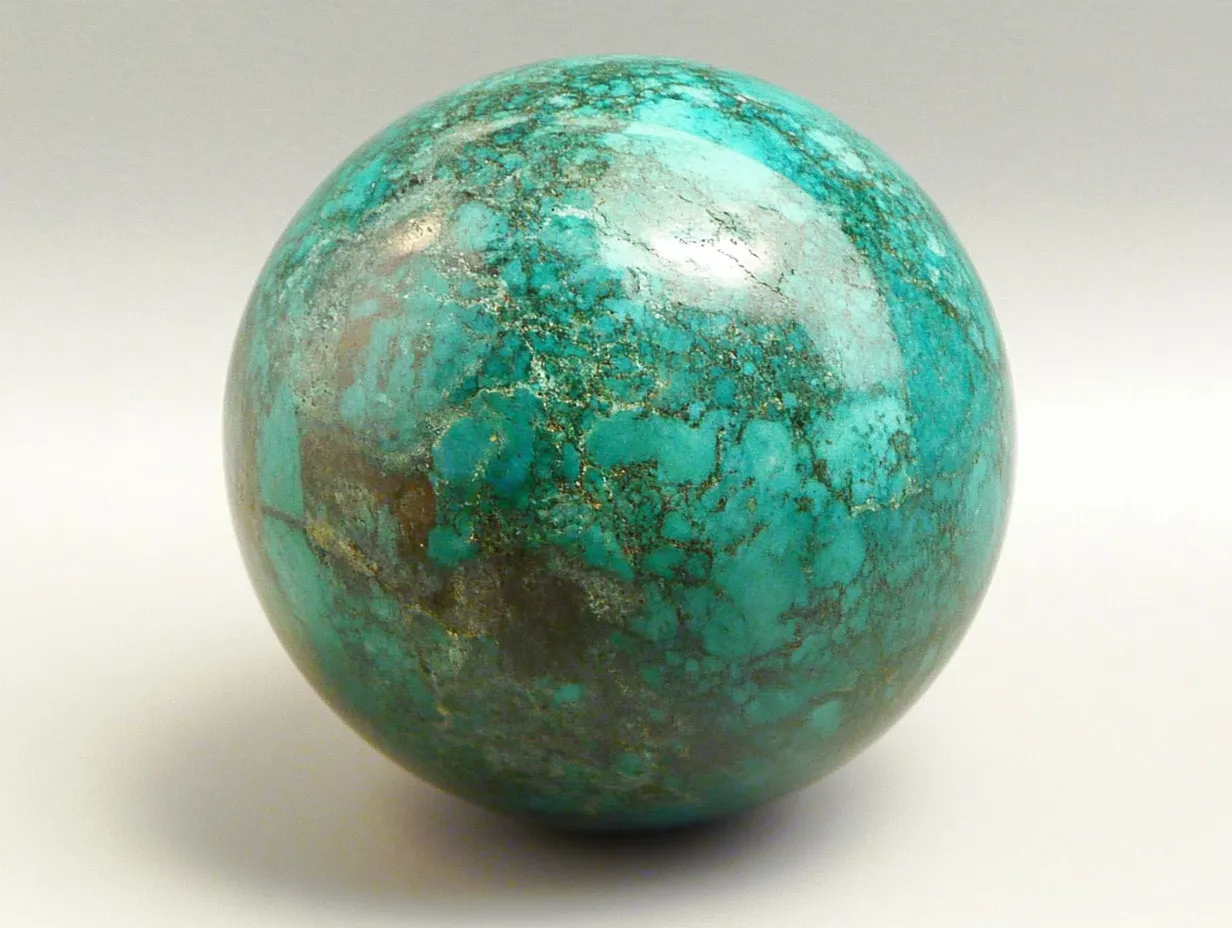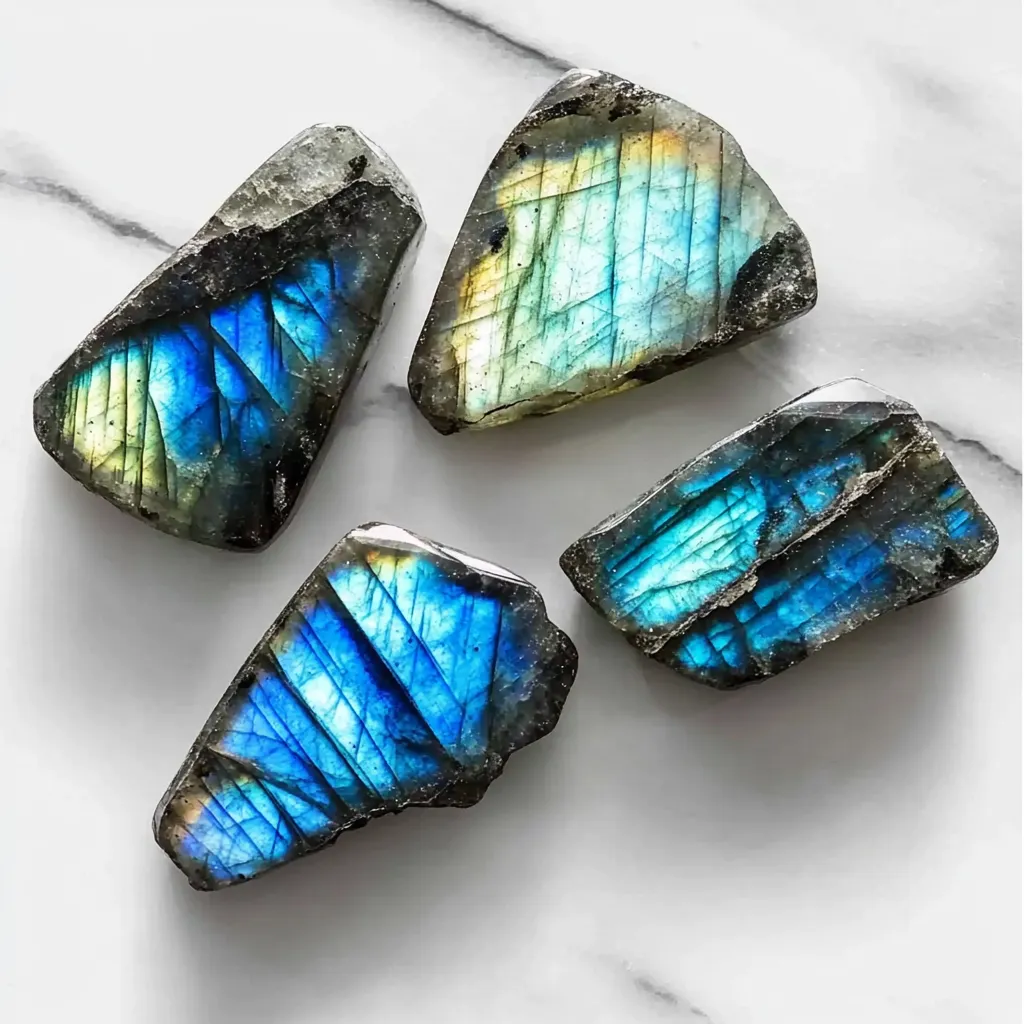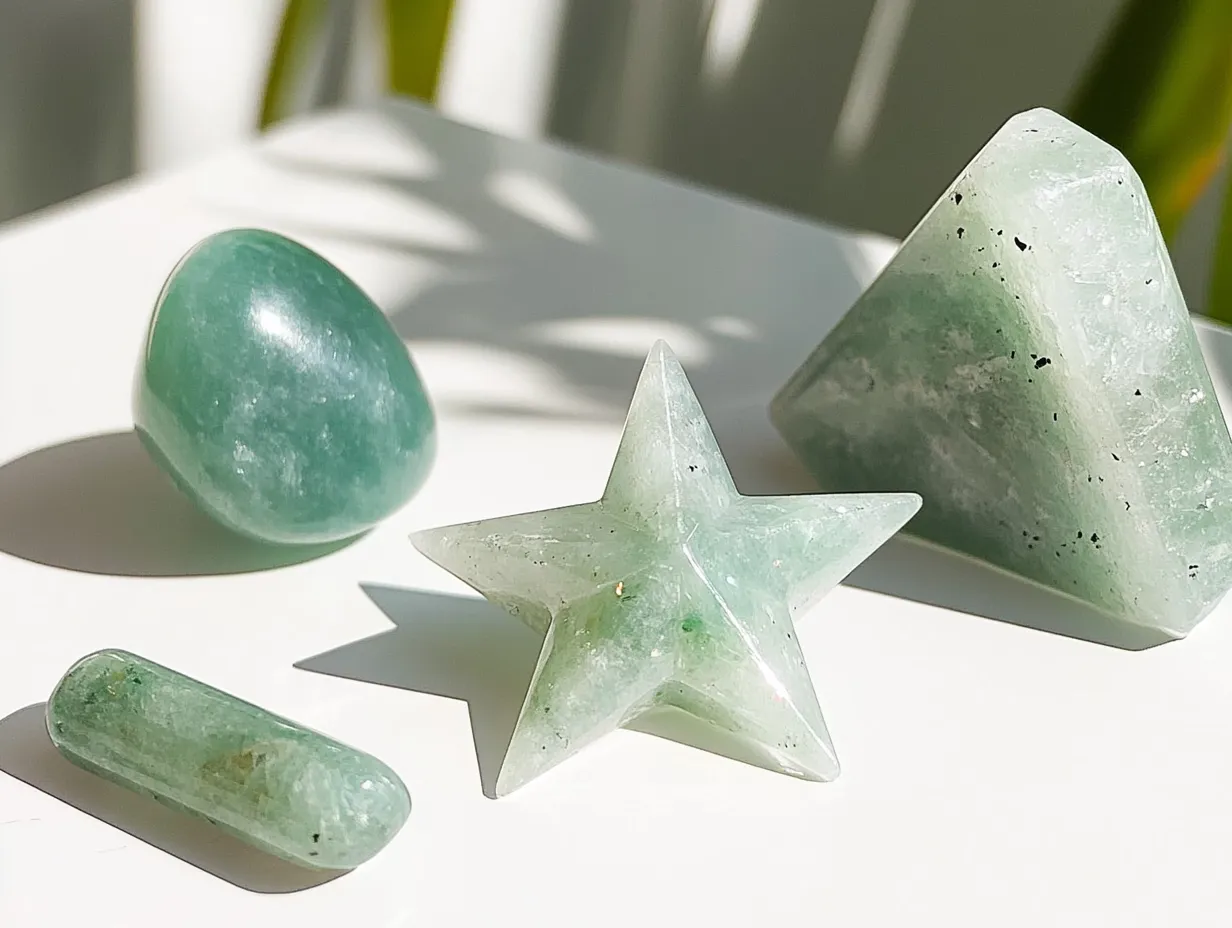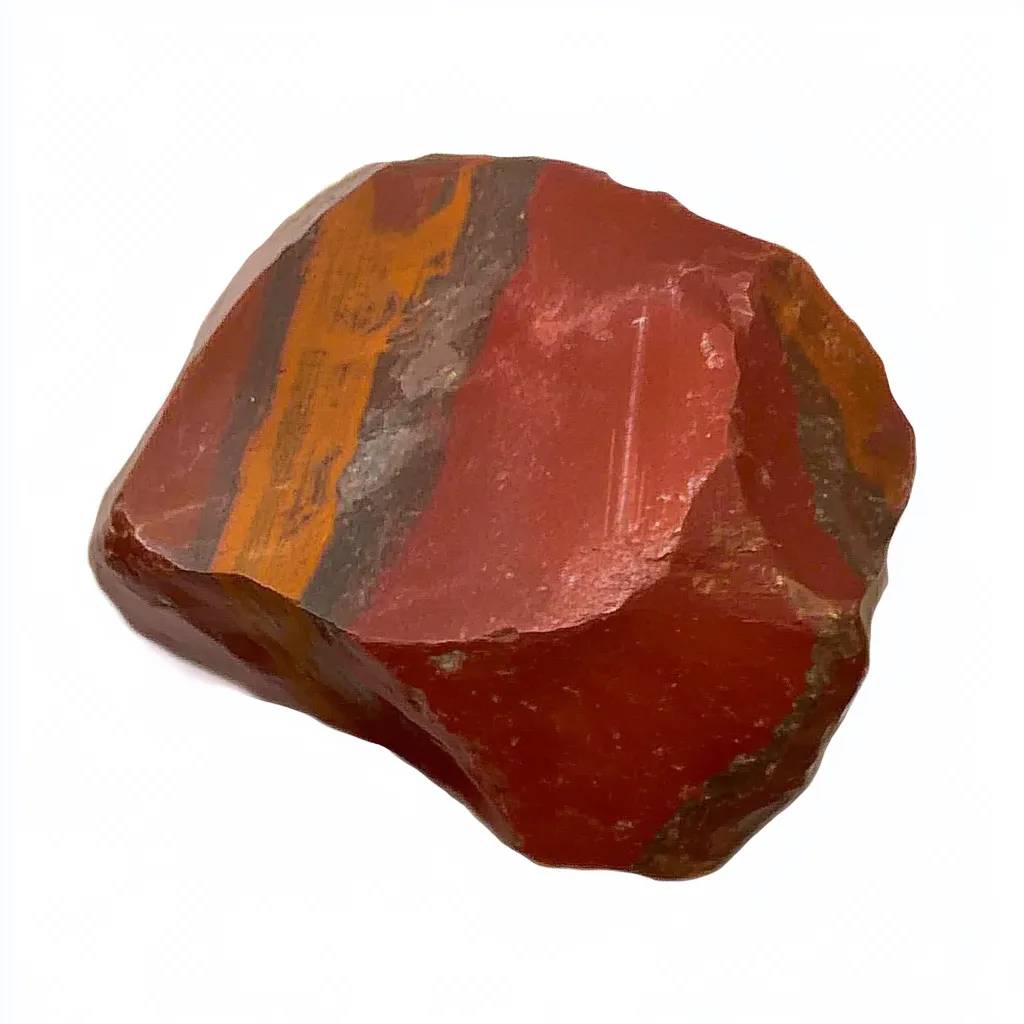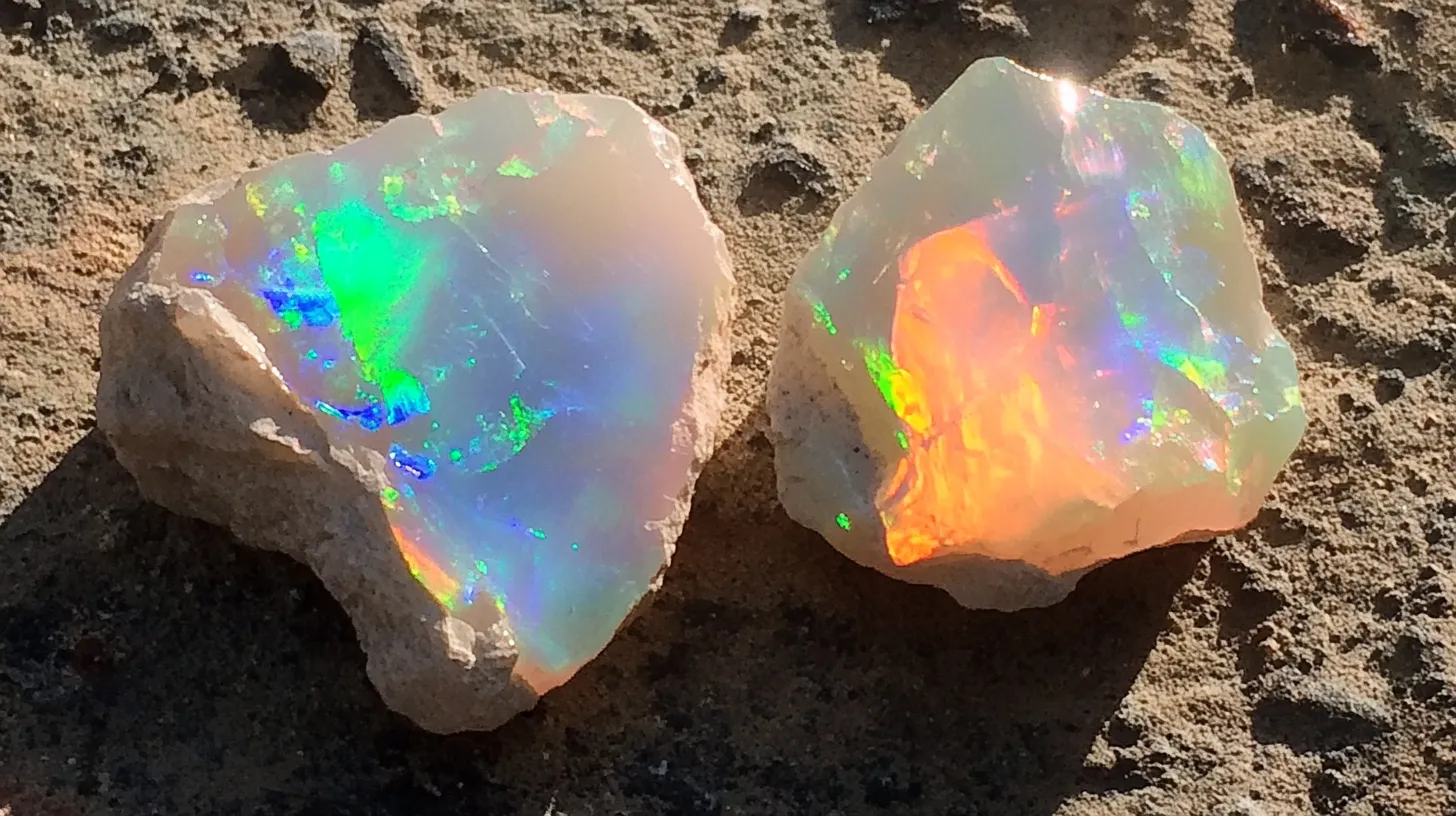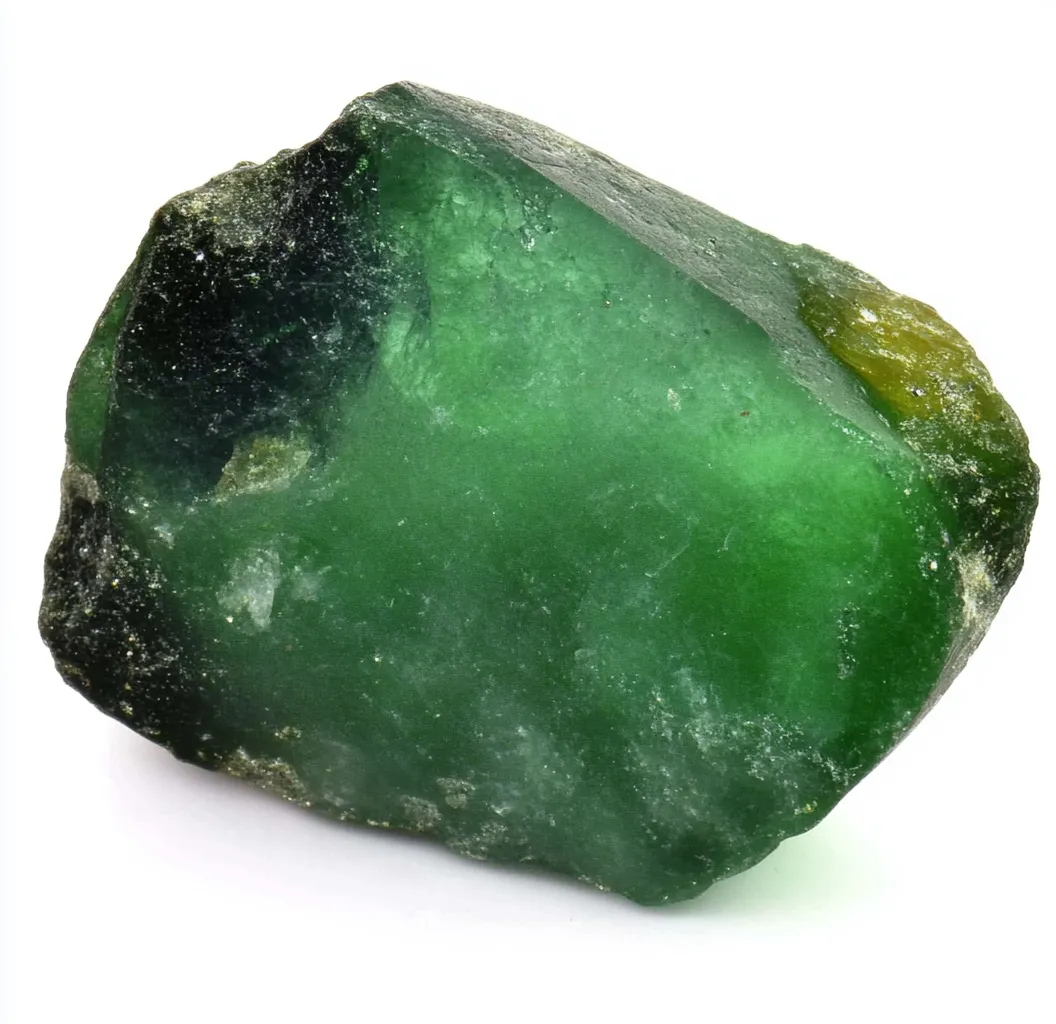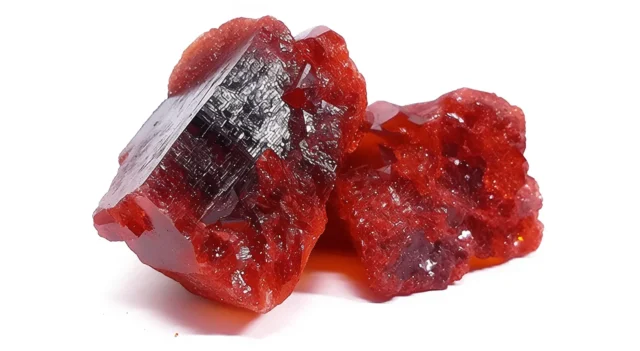

What is Ruby Gemstone?
One of history’s most revered gemstones, the ruby belongs to the corundum family of minerals and is known for its rich red color. That deep hue, in fact, comes from the traces of chromium that influence both the color intensity and the fluorescence of the stone. Rated 9 on the Mohs hardness scale, rubies are one of the hardest natural gemstones—second only to diamonds in that regard. Because of their durability, brilliance, and the way they have lent themselves to royal and fine, everyday jewelry, rubies have been a part of human life for many centuries.
In the gemstone market, rubies are prized for their color, clarity, cut, and carat weight. The most sought-after rubies display a rich, vivid red—often called “pigeon blood red.” These rare and valuable gems are primarily mined in Myanmar (Burma), Sri Lanka, Thailand, and Mozambique. Natural rubies, like most colored gemstones, are enhanced through treatments that improve their appearance. Without these treatments, which have been used in the past and are sometimes considered not fully ethical, the prices of rubies would skyrocket.

Shapes & Forms of Ruby Gemstone
Rubicund gemstones adopt various shapes and forms, enhancing their beauty and value. The most common of these cuts include oval, round, cushion, and pear shapes. These faceted rubies maximize light reflection, resulting in an exquisite brilliance. Oval and cushion cuts retain a little more of the rough stone, making them cost-effective and retaining no little visually striking light-reflecting edge.
People widely admire polished, rounded cabochon rubies—stones without facets—in addition to faceted rubies. Light reflecting off needle-like inclusions often causes these stones to display asterism, creating a unique star-like effect. Known as star rubies, these cabochon gems are highly sought after, especially those with well-defined six-rayed stars that seem to glide across the surface when the stone is moved under light.
Common Ruby Cuts and Features
| Ruby Cut | Description | Key Benefit |
|---|---|---|
| Oval Cut | Elongated shape with high brilliance | Retains more of the rough stone, cost-effective |
| Round Cut | Circular shape with symmetrical sparkle | Maximizes brilliance and fire |
| Cushion Cut | Soft square or rectangular shape | Classic look with deep color display |
| Pear Cut | Teardrop shape | Unique, often used in pendants and earrings |
| Cabochon | Smooth, polished surface | Ideal for star rubies, highlights asterism |

Ruby Gemstone’s Metaphysical Properties and Benefits
Rubies have long been linked with energy, passion, and safeguarding. Deemed the “life force stone,” rubies are regarded as invigorating the body’s very essence. Said to stimulate and supercharge the root chakra, they also, of course, bless the wearer with a boost of energy. But there’s more: rubies also make a wonderful gift for anyone you love. They enhance motivation and passion for all pursuits, help strengthen relationships of all kinds, and inspire the kind of courage necessary to take the big steps in life.
In addition to emotional and spiritual benefits, rubies are often associated with physical health. Some alternative healers say that rubies stimulate circulation, improve heart health, and support overall vitality. Despite the lack of scientific evidence supporting these claims, many in the crystal healing community still embrace ruby gemstones.
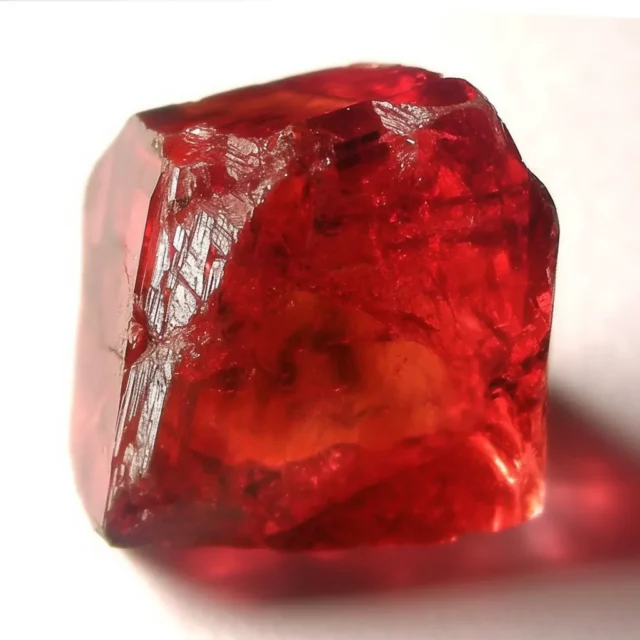
Metaphysical and Healing Properties of Rubies
| Property | Description |
|---|---|
| Energy Boost | Stimulates vitality, motivation, and confidence |
| Passion & Love | Enhances romantic and personal relationships |
| Root Chakra Activation | Grounds energy and increases personal power |
| Physical Well-being | Thought to aid circulation and heart health (not scientifically proven) |

Ruby Gemstone Meanings in Ancient Lore and History
For thousands of years, rubies have held the attention of civilizations and have earned a place in many legends and traditions. In India, people regarded rubies as the “King of Gems,” imbuing their owners with power and prosperity. In Burma, warriors embedded rubies into their armor because they thought the stones would make them invincible in battle.
In Europe during the Middle Ages, royalty adorned themselves with rubies, wearing the gems as symbols not just of wealth but also of protection. Some rulers even believed that rubies served as a kind of warning system. When danger approached, the stone would darken in color. Nowadays, we associate rubies with passion, love, and downright success (symbolizing wealth and achievement). Engagement rings frequently feature rubies. If you do happen to get one, you can count on it being a timeless gift.
The appeal of rubies is eternal. Different cultures and generations adore them. What makes people so enraptured with these vivid red gems? Whether it’s love, loyalty, or passion, rubies have long been associated with these qualities.
Ruby Gemstone and Birthstone
The gemstone ruby, with its fiery red color, has captivated humans for centuries. As a birthstone for July, it symbolizes passion, vitality, and protection. Ancient cultures hailed rubies as the “King of Gems,” believing they carried the very essence of the sun. This vibrant stone is linked to prosperity and courage, and many cite it as the gemstone most often worn by warriors and royalty to ensure victory in battle.
These days, rubies are still a potent symbol of love and commitment. Their bottom-line deep red hue is, after all, a color most closely associated with the heart. In fact, rubies have become the number one gemstone used in modern engagement rings. (Not that it was once a stretch to put rubies atop that list.) Apart from their striking appearance, rubies carry significant symbolic meaning. Numerous forms of uplifting symbolism, such as confidence, motivation, and emotional resilience, are associated with rubies.

Guide to Cleansing Ruby Gemstone
All gemstones, including rubies, acquire energy from the environment around them and need to be regularly cleansed if they are to maintain their vibrancy. Cleansing a ruby is very much like cleansing a quartz crystal—one of the safest and most effective methods is using running water. To do this properly, all you really need is a sink and a little bit of lukewarm water.
A widely used technique is smudging with sage or palo santo. The smoke from these sacred plants serves to purify the ruby’s energy field. If you want a gentler method, you can place the ruby in a bowl of Himalayan salt overnight. The salt will help draw out any energies you don’t want in the ruby and may even help the stone recharge with fresh energy. You shouldn’t use any ultrasonic cleaners or harsh chemicals on your ruby, as these may damage the stone’s surface and dull its natural shine.
Methods for Cleansing Ruby
| Cleansing Method | Description |
|---|---|
| Running Water | Hold under lukewarm water to cleanse and refresh the stone. |
| Smudging | Use sage or palo santo smoke to purify the ruby’s energy field. |
| Himalayan Salt | Place in a bowl of salt overnight to absorb negative energies. |
| Avoid Harsh Chemicals | Ultrasonic cleaners and harsh chemicals can damage the ruby. |

Guide to Charging Ruby Gemstone
A ruby gemstone charges itself when you place it in sunlight. This process restores its properties and enhances its ability to emit positive vibrations. The vibrating ruby is a truly magnificent sight, but unfortunately, not every ruby can vibrate like this. In fact, it’s only certain rubies—which are found in Myanmar, or Burma, under very specific geological circumstances—that can even attempt to vibrate. Legend has it that this vibrational property is so intrinsic to the ruby’s nature that it’s what’s allowed the ruby to be classified as a supreme gemstone for nearly 1,000 years.
When it comes to lunar energy, charge your ruby under the full moon for a calming and intuitive boost. The moon provides a more nurturing energy, perfect for emotional balance and the kind of calm that’s ideal when you’re working on more intuitive or right-brained tasks. If you want to stick with a more high-octane charging option, try pairing your ruby with a clear quartz crystal.
The Significance of Ruby Gemstone in Tarot
In tarot, the ruby gemstone is linked to power, ardor, and metamorphosis. It is one with the Suit of Wands, which stands for aspiration, artistry, and resolve. Nearly all tarot readers use rubies to aid in the honing of their intuitive gifts, as well as the making of a more powerful connection to the first chakra, or root chakra, during which energy is grounded.
The ruby is aligned with the Emperor card, a potent symbol of authority, leadership, and structure. When used in tarot practice, it helps individuals embrace their inner power and take decisive action. Additionally, rubies can be placed near tarot decks to imbue readings with confidence and clarity.

Ruby and Tarot Associations
| Tarot Element | Connection to Ruby |
|---|---|
| Suit of Wands | Represents ambition, creativity, and determination. |
| Root Chakra | Helps in grounding and strengthening inner power. |
| The Emperor Card | Symbolizes leadership, authority, and structured decision-making. |
| Enhancing Intuition | Assists tarot readers in making stronger intuitive connections. |
Ruby Gemstone and Zodiac
The ruby gemstone is most closely linked with Leo, a sign ruled by the Sun. Leos are known for being bold and charismatic, and the ruby enhances their leadership qualities and protects them from the kind of negativity that can undermine a person’s sunshiny nature. It strengthens their natural drive and encourages them to go after what they want with the same kind of fearlessness they pursue everything else with.
Rubies also benefit those born under other signs. The ruby helps Aries, an astrological sign that also falls under the element of fire, find the courage and motivation associated with this stone. The intense emotions that Scorpios are known for can be balanced with the use of rubies, which help cultivate a sense of inner peace and stability. Any zodiac sign is welcome to adorn a ruby and invite the stone’s energy of love, vitality, and protection into their life.

Questions and Answers
Extra Insights on Ruby
Ruby Rock
Ruby rock—also termed ruby-in-matrix—refers to natural assemblages where ruby crystals are set in a host rock like zoisite, fuchsite, or granite. These rocks are often used for carving and in jewelry and have a number of potentially satisfying attributes for what you want from a magical stone. Chief among them is that raw rubies have a pink-to-red color that’s about as striking as it gets. And yet, holding a ruby rock in hand is not the same, in several ways, as holding an actual ruby.
Ruby vs. Sapphire
Both rubies and sapphires are members of the corundum family, but they correlate in colors that draw them apart. Whereas ruby is undeniably red, sapphire can and does display a wild spectrum of hues, vividly lit and lustrous, as in the beloved blue pastel pink, or the sapphire’s colors of sunlight (yellow) and moonlight (colorless). A fine ruby is a commanding presence and an intensely ecstatic commander. A fine sapphire will somehow draw high praise and the spellbinding gazes of the impossibly discerning.
Prices of Ruby
Prices for rubies are broad and depend on color, clarity, origin, and treatment.
| Ruby Type | Price per Carat |
|---|---|
| Best untreated rubies from Myanmar (Burma) | Over $10,000 |
| Lower-quality, heat-treated rubies | A few hundred dollars |
| Lab-created rubies | Affordable and beautiful |
Color of Ruby Red
The best rubies show an intense, pure red color, with a slight hint of blue that makes them appear to be the color of a very pure red. The ruby’s hue, which is the most desired and commands the highest price, is even more obviously red than that of the very finest sapphires, which are a wealthy blue. Rubies that are lighter in color, or reddish-brown, are certainly beautiful but not as desirable. They possess the same beauty, the same appeal, and even the same intense color as their chicken blood friends.
Real Rubies
To identify authentic rubies, one must evaluate their hardness, inclusions, and fluorescence. All-natural rubies are incredibly durable (9 on the Mohs scale) and usually contain tiny, harmless imperfections that give the gems their silky luster. They also fluoresce under ultraviolet light, a phenomenon that occurs because they’re so packed with chromium. Be aware that many of the rubies you’ll find for sale are synthetic or heavily treated. For peace of mind, have your stone evaluated by an expert.
Dukes Creek Gold & Ruby Mines
Dukes Creek Gold & Ruby Mines, in Georgia, USA, provides a hands-on experience in geology for visitors eager to search the creek beds and nooks of the site for rubies, sapphires, and gold. This attractive destination caters to gem-loving visitors and families seeking a unique and adventurous mining experience. While the precious gemstones found may be on the small side, the ambiance of the mining site and the possibility of unearthing a natural wonder are unforgettable.
Ruby Fuchsite Meaning
Ruby fuchsite is a unique blend of red ruby and green fuchsite. It comes from Brazil, where it is cut, polished, and, in some cases, tumbled for use in metaphysical practices. Fuchsite is a mineral within the muscovite group of the mica family. Muscovite is actually a form of biotite, which is a phyllosilicate (layered silicate) mineral containing significant amounts of iron (Fe) and magnesium (Mg). Biotite is found in many places worldwide, and its well-known localities include Maine (USA), Paris (France), and Zinnwald (Germany). Fuchsite is an exceptional variety of muscovite that, due to its unusual chemical formula, has a much higher content of aluminum (Al) and potassium (K). These two elements combine in such a way that fuchsite forms stunning, glittery crystals.
Ruby vs. Diamond Price
The pricing of diamonds is fairly standardized and is generally based on the 4Cs (cut, color, clarity, and carat). However, rubies defy this standard. High-quality rubies can sometimes surpass diamonds in price per carat, particularly if they are untreated and of Burmese origin.
| Gemstone | Price per Carat (High Quality) |
|---|---|
| Top-tier ruby | $10,000+ |
| Average diamond | $2,000 – $5,000 |
Price of a Ruby per Carat
A ruby’s price per carat can span from $100 for its commercial-grade stones to more than $1 million for its investment-quality gems. A ruby’s origin plays a vital role in determining its price, which varies according to the following hierarchy: rubies from Myanmar (Burma) command the highest prices, with rubies from Mozambique, Thailand, and Madagascar following. Clarity also significantly affects a ruby’s price.
Ruby has Biblical Meaning
The Bible refers to rubies several times as symbols of beauty, wisdom, and virtue. A virtuous woman is said to be “worth more than rubies” (Proverbs 31:10). In antiquity, rubies were thought to be associated with divine protection and to bring not only prosperity but also the kind of courage that a person needed when undertaking an adventure.
Ruby on Mohs Scale
9 on the Mohs hardness scale; ruby is one of the hardest natural gemstones, next to diamond. This almost indestructible gemstone makes it suitable for everyday jewelry like the rings and bracelets that so many women and men seem to have in their lives. Rubies maintain their beauty even after enduring scratches. Their toughness is legendary.
Green Stone with Ruby
Numerous green minerals, such as zoisite and fuchsite, closely associate with ruby. The combination of ruby with zoisite (or anyolite) forms a striking visual effect—deep red ruby crystals next to green zoisite—and this is probably the most common use for carvings. On the other hand, ruby-in-fuchsite, a more potent mix of minerals, enhances its visual and spiritual appeal.

